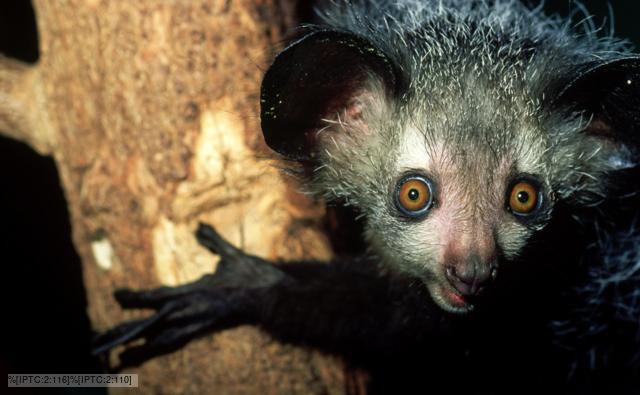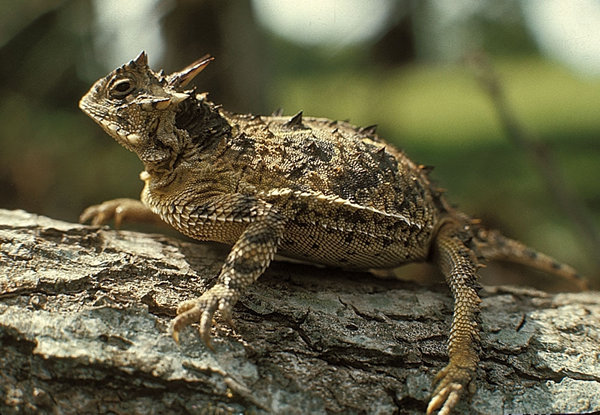If it hadn’t involved a nauseating amount of math, I might have become a zoologist. I’ve always been an animal lover (“Life is too short not to pet a kitty/doggie” is my excuse for spoiling my pets), and read Zoobooks magazines from cover-to-cover so often that it was actually a good thing when they started sending reprints (“reruns” as they seemed to me) because I invariably read them into ribbons. When other kids were taping* television cartoons, I insisted on taping Nova documentaries on meerkats. Or Kratts Kreatures, which made up for its badly spelt title by talking about aardvarks.
Time hasn’t changed this interest.** I may not be a marine biologist snorkeling
with dolphins somewhere, but I can at least enjoy reading about fascinating
animals from the comfort of my own home. Therefore you should not be surprised if, from time to time, I review
the latest book I’ve read on the historical discovery of gorillas (Between
Man and Beast by Monte Reel) or photo-journals documenting the revival of
wolf packs in America (The Hidden Life of Wolves by Jim and Jamie
Dutcher).
One of my latest zoological literary splurges was to
check out The Big Bad Book of Beasts from my local library. Based on the “bestiary” books of antiquity,
Michael Largo outlines the life cycles, strange features, and mythological
beliefs of all sorts of animals—real, ancient, and imagined.
 |
| You thought I was kidding, didn't you? Well, I wasn't. This time. Source: http://ichef.bbci.co.uk/naturelibrary/images/ic/credit/640x395/a/ay/aye-aye/aye-aye_1.jpg |
There’s the Caladrius, a bird that the ancient Romans and early medieval Europeans believed could sense death. They set a
caladrius on the foot of a sick person’s bed, and if the bird turned its back
on the patient, everyone knew that person was done for.
| As the caladrius tries to make up his mind, the dying king says, "Turnabout is fair play! You think I'M gonna die? Well I'm gonna turn my back on YOU so YOU gonna die too!" (I am, of course, translating the inscription under the illumination) Source: http://britishlibrary.typepad.co.uk/.a/6a00d8341c464853ef017c38889001970b-500wi |
And did you know the Horned Toad (which is actually a
lizard…and it looks like a lizard, too, so I don’t know what so-called genius got
to name the thing in the first place) can spurt its own, acidic, vile-smelling blood into the eyes of an attacker? Gross, right?
But also kinda cool, right? Right? …Fine, maybe that’s just me.
 |
| Obviously not a toad. And in consideration of the squeamish there is no blood to be seen. Source: http://www.tpwd.state.tx.us/huntwild/wild/images/reptiles/horned_lizardlarge.jpg |
Even the invisible animals are not overlooked in this
book. Take water bears (apparently named
by the same dude who thought the aforementioned reptile was an amphibian),
which are microscopic life forms that can basically survive anything and may hold the key to cryogenics.
If those cute little microscopic life forms aren’t enough
to get you to want to read this book, I don’t know what is.
 |
| See? Not bears. Just like Koalas. And Pandas. Maybe. Source: http://llwproductions.files.wordpress.com/2011/07/water-bears.jpg |
I have only two quibbles with this book:
1)
It really should have been three books. Why?
Well obviously because then it would be longer, which is fine by
me! But the main reason is because he
should have separated the real, ancient, and imagined into books of their
own. Perhaps it would have been fine to
intermingle the extinct animals (such as an assortment of dinosaurs) with
living creatures today, but it’s especially jarring to read about an aye-aye on
one page and then a unicorn on the other. Unless Largo thought the book would be his only chance at publication (“better
throw it all in now!”), it would seem to me that he missed a key marketing
opportunity. “The Big Bad Book of
Mythological Beasts” and “The Big Bad Book of Extinct Beasts” are exactly the prime sequel fodder that most
publishers salivate over.
2)
“In the story of Noah’s ark, the ibis was among
the first birds released, perhaps to catch any snakes remaining after the Great
Flood.” ~ page 209-10. …Um, sorry, but what? I feel like Largo did not fact-check this sentence, going solely off his
childhood experience of Sunday School (where he must have fallen asleep before
they mentioned the birds were raven and dove, respectively). It’s one thing to completely dismiss the
Bible (as most books about animals do in favor of evolutionary theory), but it’s
another to act as if you’re giving equal weight to it as a source and then
misrepresent it. However, I will say
that Largo—who otherwise writes from an evolutionary or at least “old world
creation” perspective—earns my respect in that at the end of the book he
presents some various theories of how these animals came to be, and concludes
the book saying that these creatures are wondrous no matter their origins. In a field of study which is so biased
towards evolution that Darwin has become a secular god, this balanced perspective
was refreshing.
So, despite these two quibbles, I would recommend this
book to older teens and adults (it’s a little gruesome in parts to recommend to
younger readers). Animals are so
amazing, and observing, studying, or even just reading about them can open our
eyes to the wonders of the world around us.
*As opposed to DVR-ing, yes, I know I’m once again
showing my age!
**Yes, even as an adult I WILL watch and what’s more
ENJOY the new Kratt program, Wild Kratts.

Like you I am an animal lover and up until about eight years ago I worked as an Ecological Entomological Scientist. I love nature programmes especially any that are produced by David Attenborough. I believe your are right in your reasoning of why the book wasn't split into three books. The author was probably just glad to get the opportunity to get his book published and the Publishers were probably only willing to spend so much on the book. One can imagine your younger readers wondering what 'taping' is. For me the word taping also reminds me of when I would record songs from the radio onto cassette. Now THATS giving away my age.
ReplyDelete